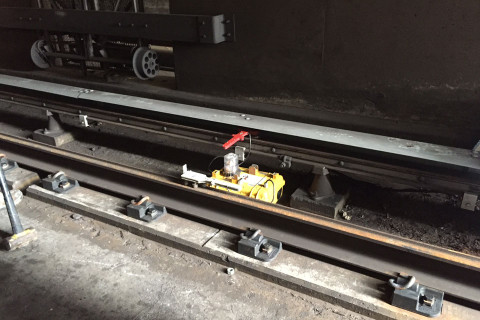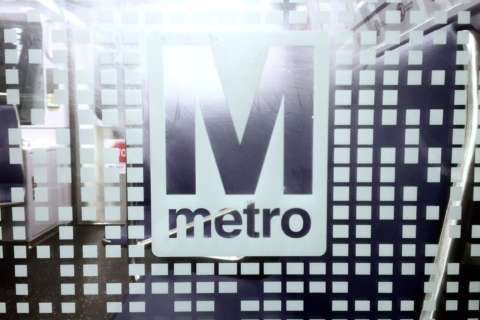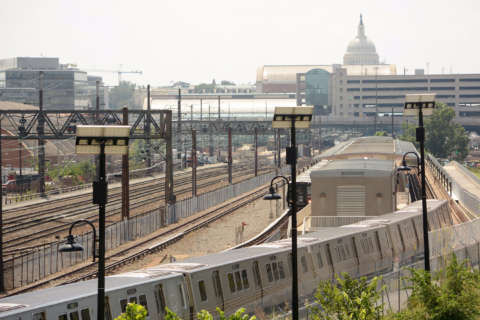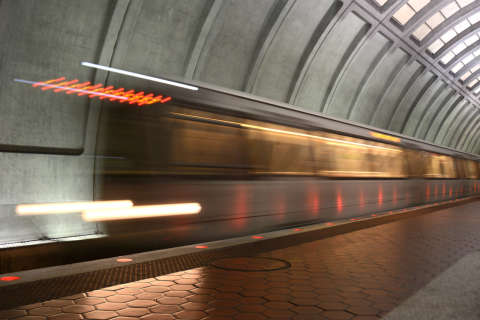WASHINGTON — Federal inspectors uncovered more Metro track issues in August and September, even as a number of other previously identified problems were repaired, newly released inspection reports show.
The reports and other data, quietly posted by the Federal Transit Administration just before Thanksgiving but not yet publicly reported, show Metro has 733 open remedial actions out of 1,673 total directed by inspectors over the last two years. Eighteen remain open in areas where Metro conducted round-the-clock track work between early June 2016 and July 2017.
Track and power problems
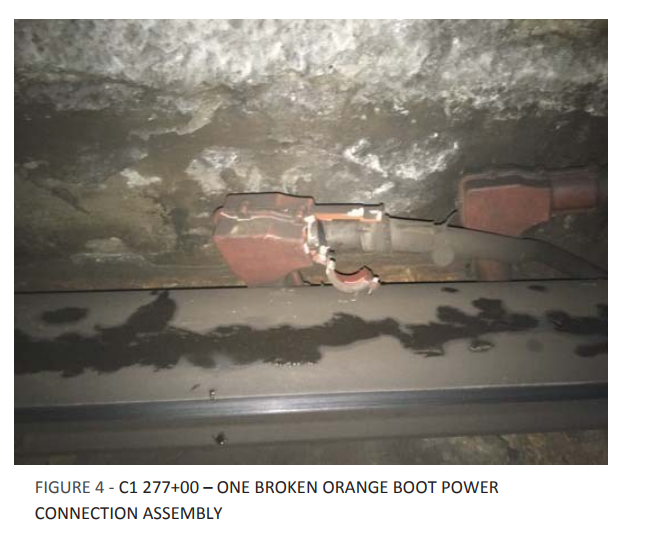
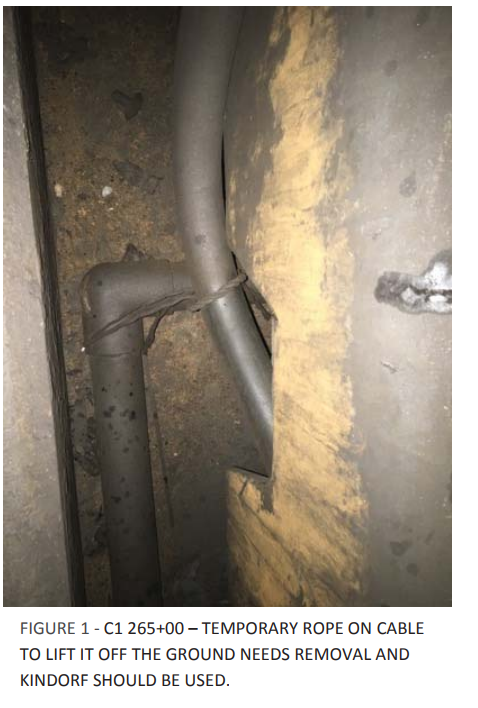
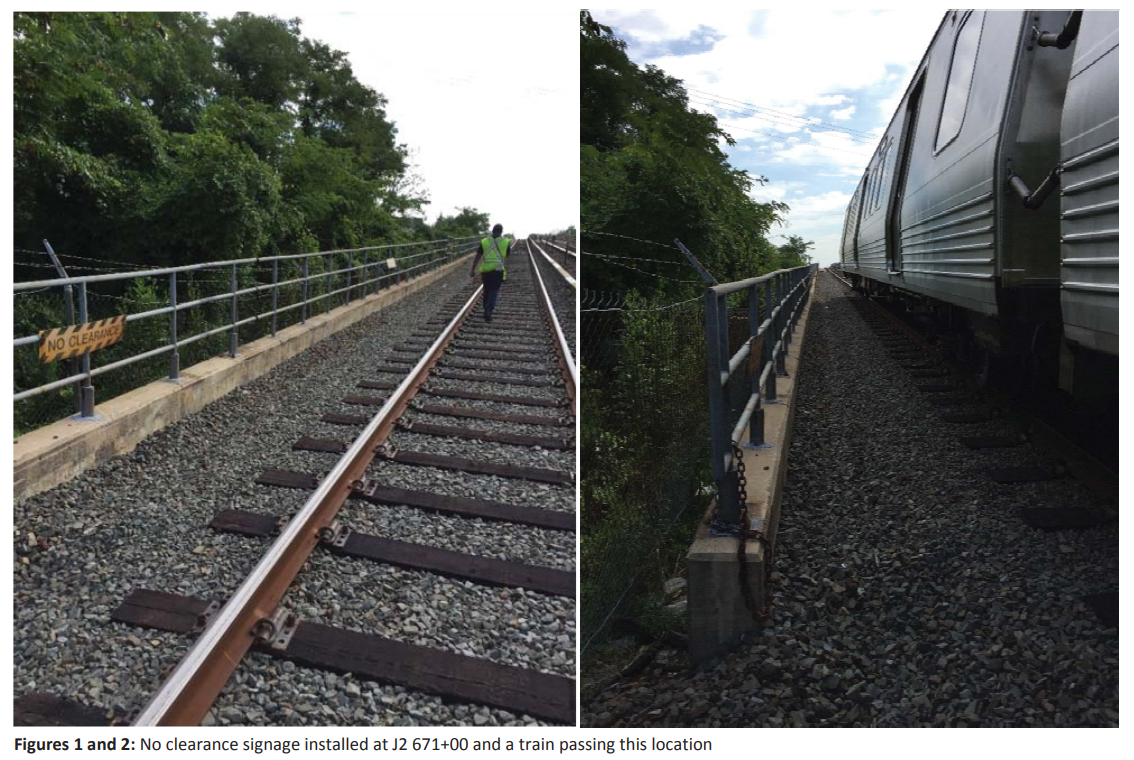
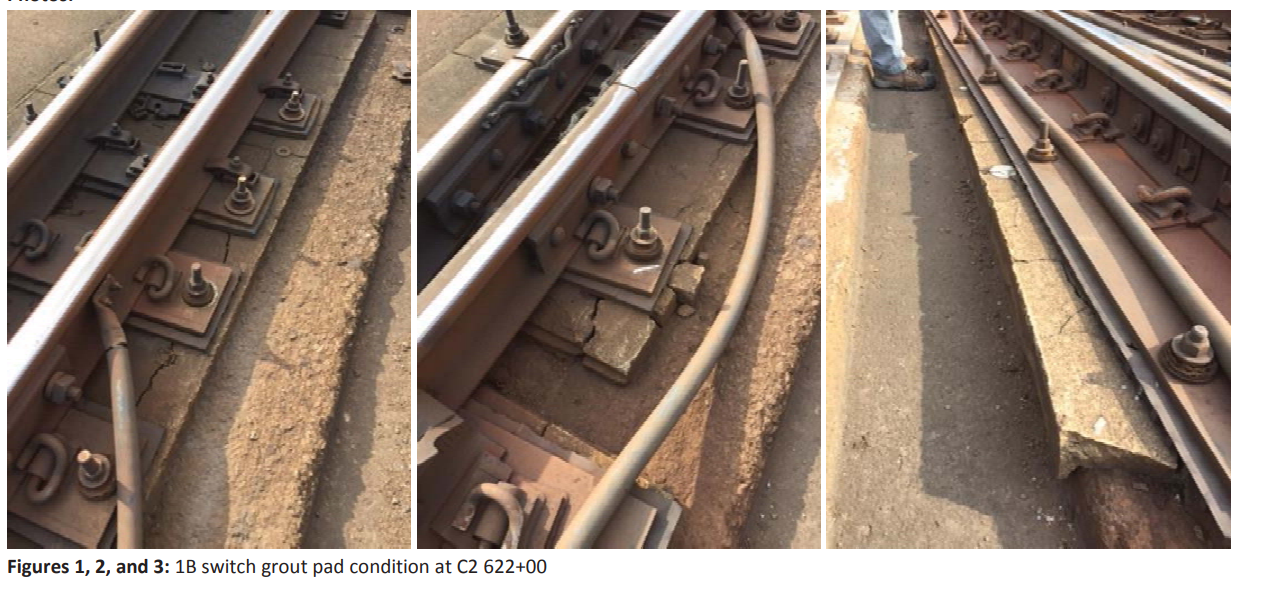
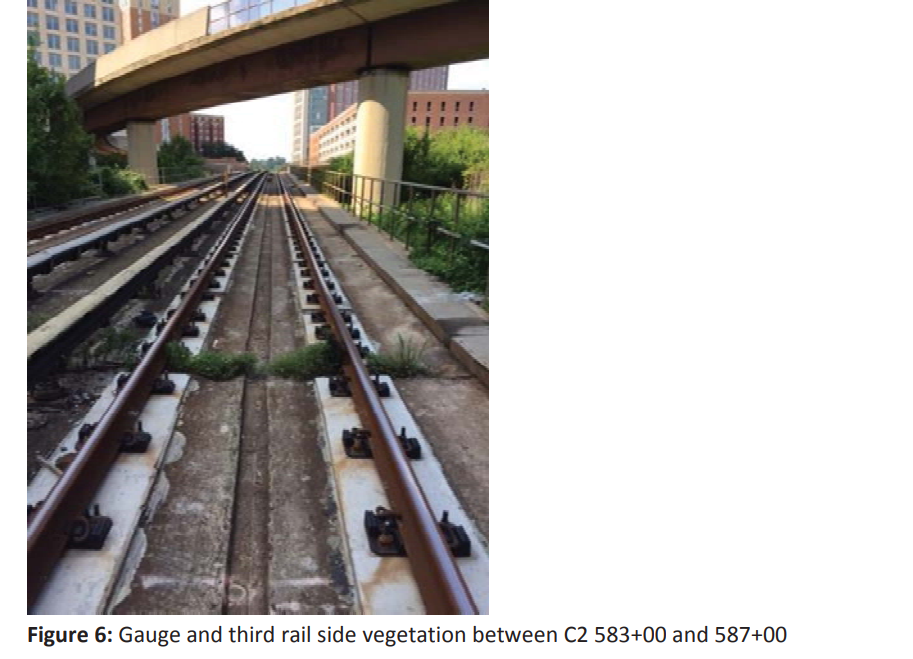
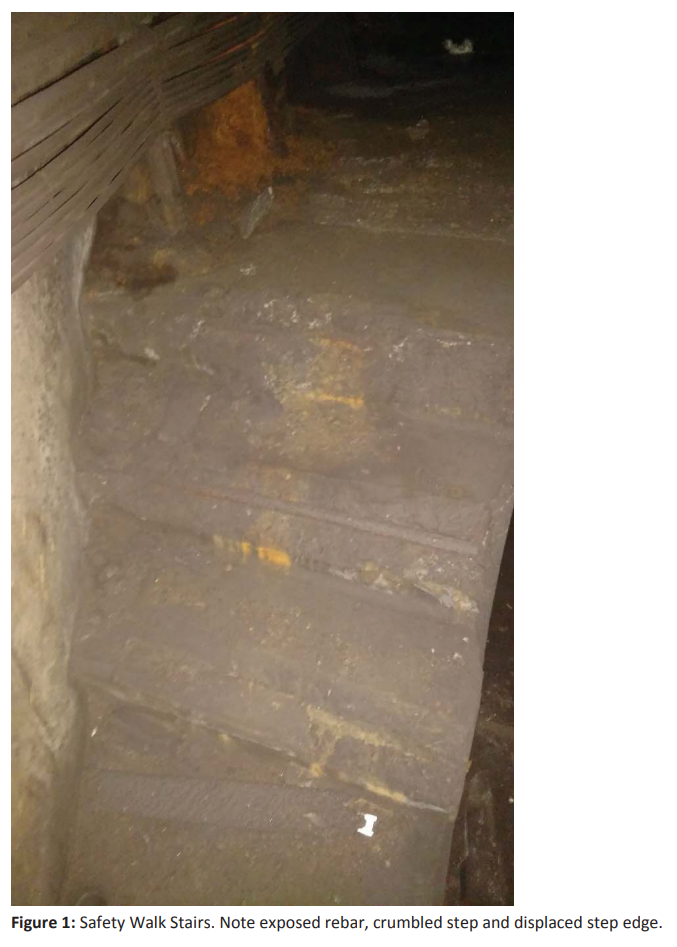
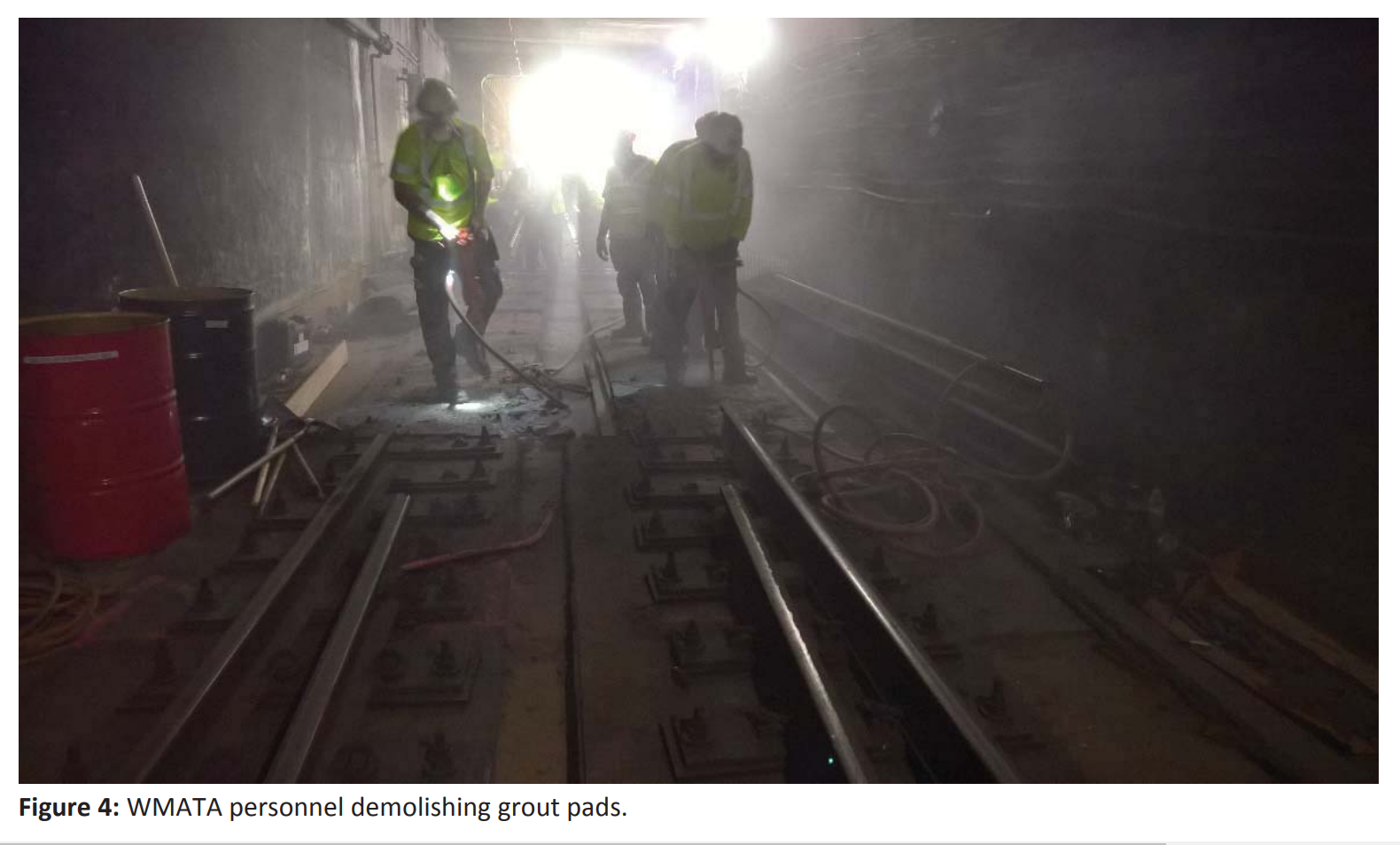
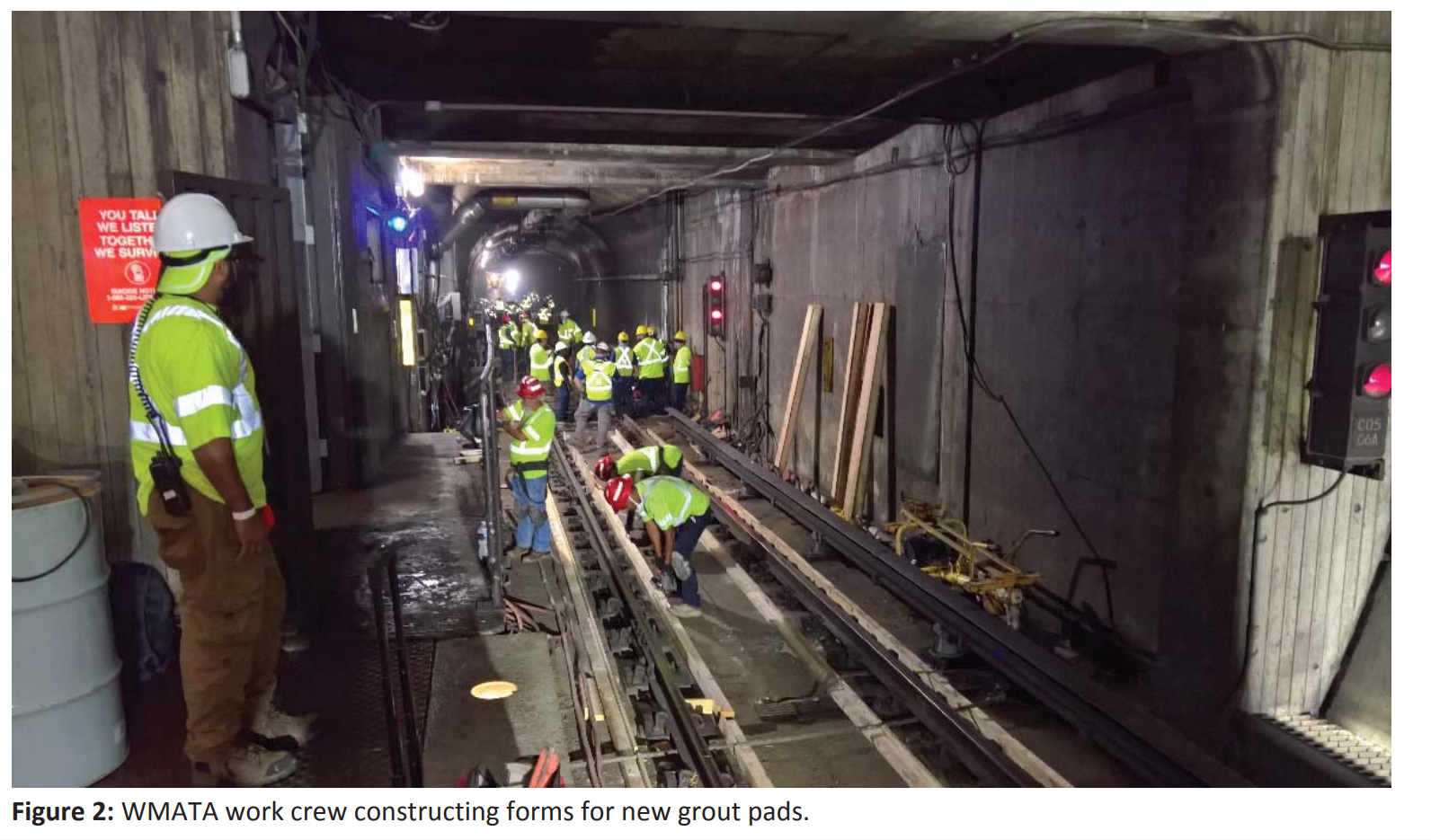
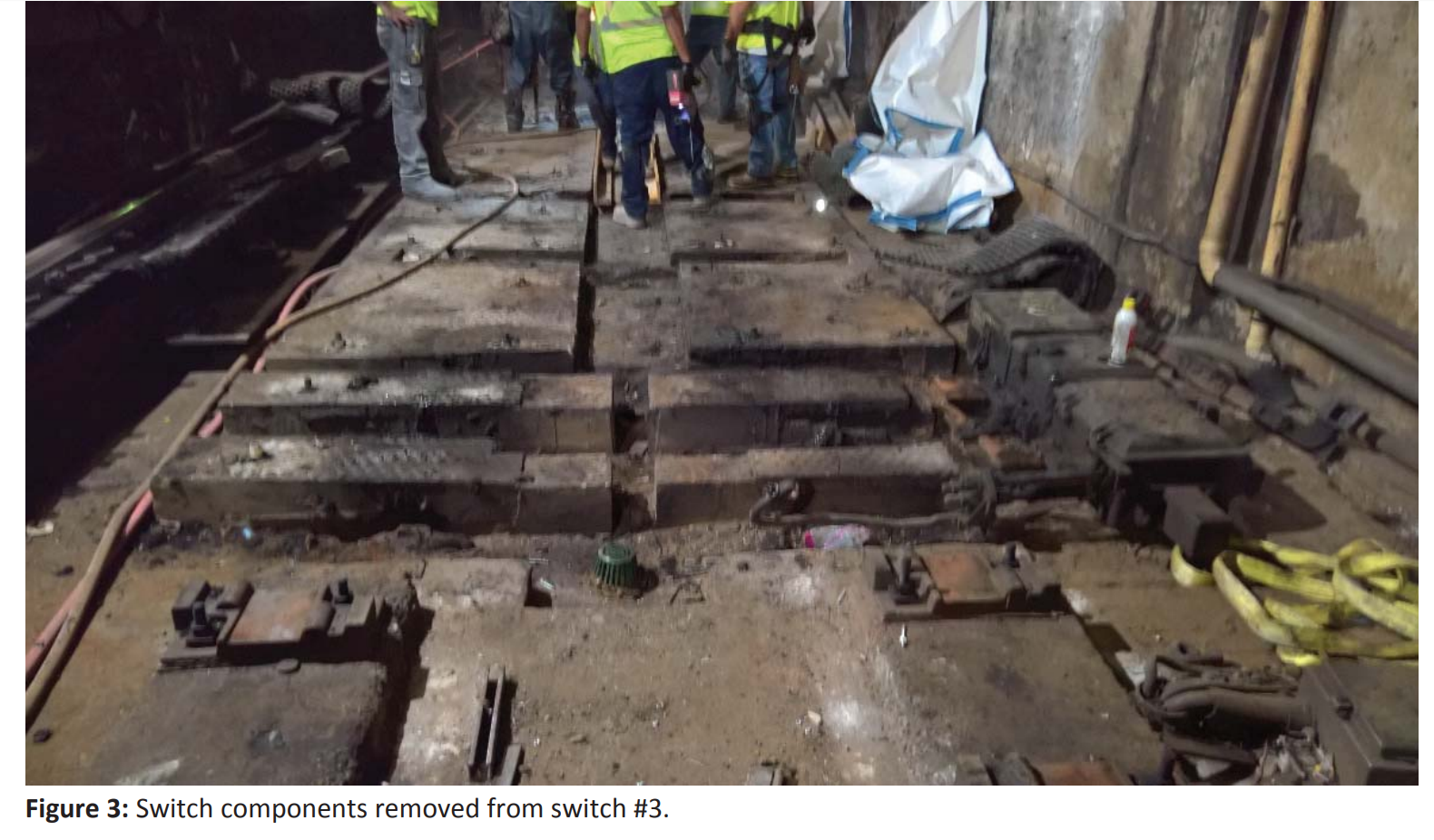
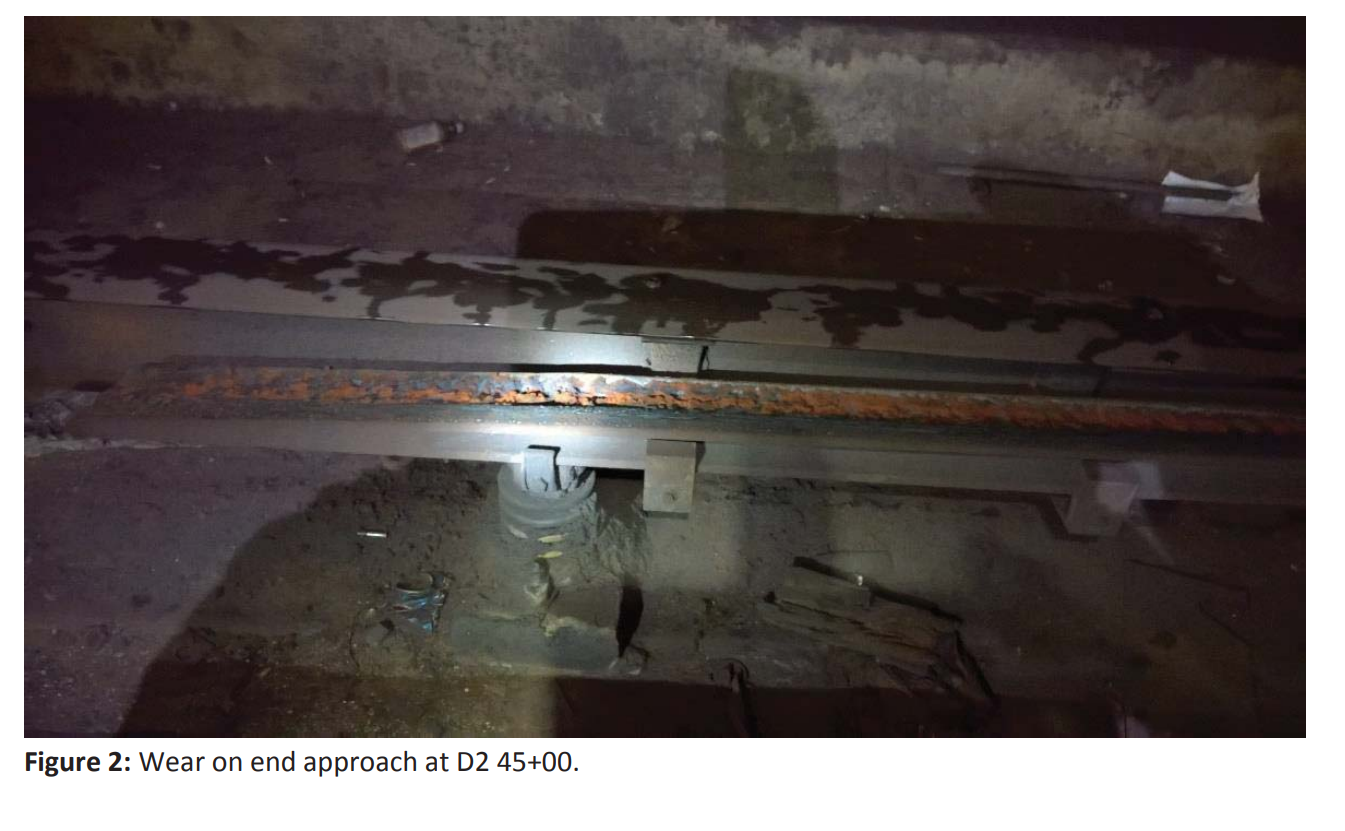
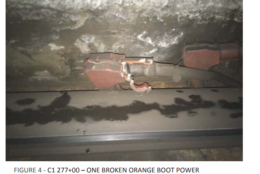
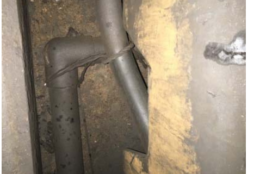
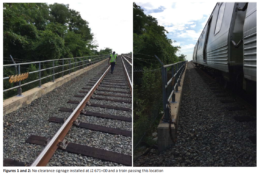
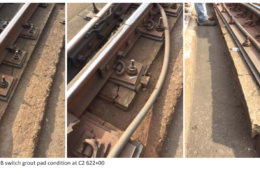

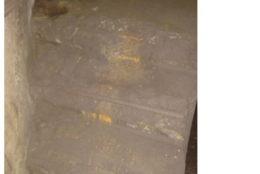
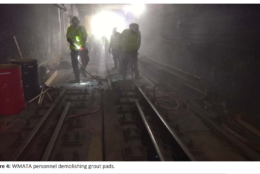
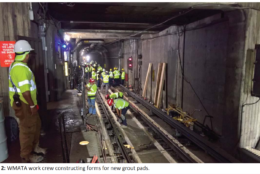
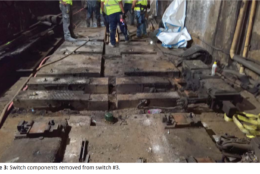
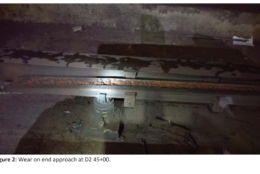
The next day, an inspection of the Yellow Line bridge and connecting tunnels at the Potomac River identified one issue on a similar level, where loose fasteners were allowing one of the rails to slide back and forth, with a potentially similar issue on the track going in the other direction. The steps leading from one safety walk to another were also so worn that chunks of concrete were missing.
Along the Blue, Orange and Silver lines between Federal Center SW and Capitol South, inspectors found failing fasteners and others on their way to breaking down on Sep. 27. The next day, an inspection between Capitol South and Eastern Market found an area packed with mud and water under the third rail, multiple temporary fixes for the tracks, more failing fasteners, and yet-to-be-replaced porcelain insulators.
Metro had said it would replace those insulators in some areas due to the threat they can pose during arcing incidents by exploding rather than smoldering like the newer versions.
On Aug. 26, inspectors noted a series of crumbing cross ties and other problems on the Orange Line near West Falls Church at a spot where trains move from one track to another, similar to the location of a July 2016 derailment near East Falls Church caused by a similar issue.
In August, an inspection of the Yellow Line tracks near Huntington found track and concrete issues at similar switches near the station platform. The inspector who found the deteriorating conditions noted that Metro plans a round-the-clock shutdown surge in May to address the issues at Huntington and Eisenhower Avenue.
Broader issues
For broader issues than those track, power and other infrastructure problems, 125 of the systemic corrective action plans required by the FTA are now described as “past due” based on when Metro initially estimated it would have a plan ready to address the problems; 104 have been closed, seven are under review by the FTA, and 32 are not yet due.
The past due plans include instances where no detailed plan has been submitted yet or those where the FTA has rejected Metro’s plans as not rigorous or ambitious enough.
Rejected closure requests include the need to boost track inspection resources, document and schedule tunnel ventilation fan inspections, improve the ability to detect the location of smoke in tunnels, the need for performance standards and reduced distractions for workers in the crucial Rail Operations Control Center, and the need to improve internal communication to take full advantage of track maintenance times.
Metro has not yet submitted plans to address issues such as ensuring accident investigation submissions are on time or that there be meaningful rules checks for rail workers.
Other past due plans have been submitted to the FTA for approval, in a process that can take weeks or months. That includes a plan to test worker protection technology next year in limited locations that can automatically alert workers to get out of the way when a train is coming.
Worker protection guide updates lacking
The inspection reports from August and September reveal that an update this year to worker protection guides that was meant to help in the interim still failed to correctly highlight a number of dangerous locations where workers would have limited or no space to get out of the way in the event a train came through.
Some of the locations were found to be mislabeled while others were not listed at all.
Among those not listed were areas along the Blue Line, where Metro has responded to FTA concerns by adding new “no clearance” signs to warn workers that there is not enough space between the tracks and a bridge or wall to be out of the way.
One inspection was stopped early Aug. 9 when the FTA inspector found out a crucial safety flagger did not have a working radio required for the job. The advance mobile flagger was added earlier this year in response to incidents where workers were nearly run over.

